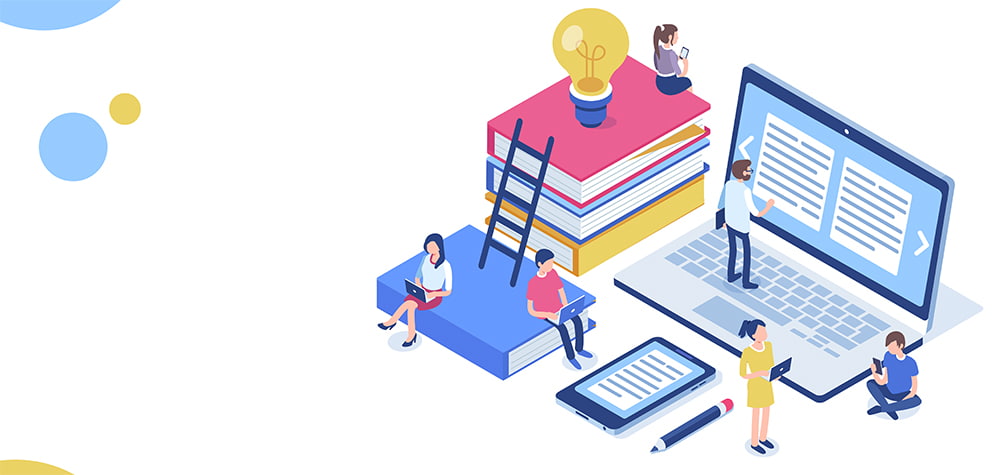Redefining the new normal for education depends on access to broadband connectivity and distance learning devices. The COVID-19 pandemic and resulting shift to remote learning for many students exposed the depth of the “homework gap” that already existed for some families.
Millions of students struggled because they didn’t have home access to a broadband internet connection or a suitable connected device so they could participate in online learning. Those who relied on their local libraries for broadband internet access were also shut out when many libraries were forced to close to public access. As for the future, many schools and libraries will continue to rely on some form of remote learning and virtual library services.
To help ensure students, school staff, and library patrons have the basic digital tools they need, beginning this summer the FCC’s new Emergency Connectivity Fund (ECF) Program will provide broadband connectivity and device reimbursement funding for schools and libraries for use at locations other than a school or library.
Here’s a sampling of some frequently asked questions and answers, based on the FCC release and Emergency Connectivity Fund Program Basics.
Q&A: The FCC’s ECF
What is the Emergency Connectivity Fund (ECF)? The ECF is a one-time, $7.17 billion program established by the American Rescue Plan of 2021 to provide funding to eligible K-12 schools and public libraries for reasonable costs of the equipment and services for remote use by students, school staff, and library patrons. The Universal Service Administrative Company (USAC) is the program administrator for the FCC.
Note: The ECF Program is new and separate from the E-Rate Program which provides funding for broadband services delivered to and within schools and libraries.
Who is eligible to receive funds? Schools and public libraries or those that are part of a consortium that are eligible for support under the FCC’s E-Rate Program are also eligible to request and receive support through the Emergency Connectivity Fund Program. However, entities eligible for this new program are not required to be a current E-Rate participant to apply.
What equipment and services are eligible? Wi-Fi hotspots, modems (including air cards), routers, devices that combine a modem and router, and connected devices such as laptops and tablets are eligible. Laptops and tablets will be reimbursed up to $400. Desktop computers and mobile phones (including smartphones) are not eligible. One connected device per student is allowed. The cost of components necessary for the equipment to operate, such as cords and chargers, can be reimbursed.
Generally, schools and libraries will only be reimbursed for purchasing a commercially available service providing a fixed or mobile broadband connection for off-campus use by students, school staff, or library patrons. Dark fiber and the construction of new networks, including the construction of self-provisioned networks, are not eligible, with one limited exception.
How can schools and libraries apply? During the initial filing window (June 29, 2021 to August 13, 2021), eligible schools and libraries can apply for financial support for the purchase of eligible equipment and services received between July 1, 2021, and June 30, 2022.
For more detail, click here for the rules and policies of the FCC’s Emergency Connectivity Fund to Close the Homework Gap. The FCC will also be holding a webinar on June 25th at 1 p.m. CT on fcc.gov/live to provide an overview on the program and the opportunity for Q&A. No registration is required.
Questions about the new program? Let our Great Plains Communications Sr. Account Executive, Jeff Mason help! Contact him at [email protected] or (402) 456-6467.
